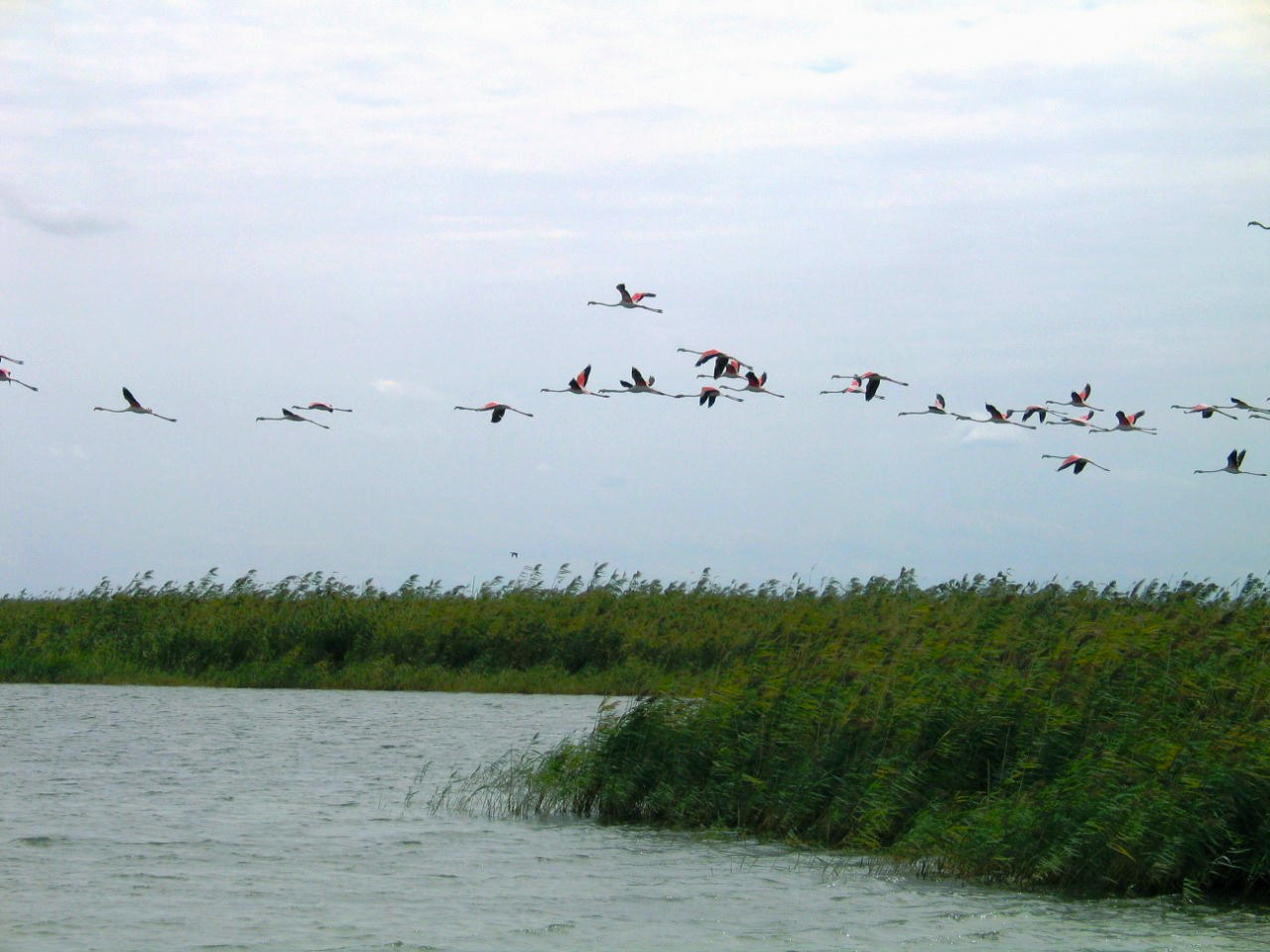Pearl of Azerbaijan: Gizilaghaj nature reserve

By Vugar Khalilov
With its stunning landscape, hospitable climate, and natural resources, Azerbaijan is a favourable country rich in biodiversity. About 66 percent of the species in the whole Caucasus are present in Azerbaijan, which owns immense biodiversity.
Since the early 20th century a number of specifically protected areas, parks and reserves have been established to preserve and protect the wide range of biodiversity, the rare and endangered plant and animal species in Azerbaijan.
The natural reserves also preserve fish species of the Caspian Sea, rivers and water reservoirs; various types of mountain animals, reptiles in the plains (especially the Caucasian viper, which has a very valuable poison) and several bird species among others.
As the largest enclosed inland body of water in the world, the Caspian Sea hosts approximately 400 endemic, at the same time fragile species.
History and flora
One of the first state reserves in Azerbaijan, the Gizilaghaj (Gizilagaj) State Reserve (translated as a golden tree) was established by Azerbaijan’s Committee on Protection of the Ancient and Art Monuments on July 3, 1929.
Located on Gizilaghaj Bay at the southwestern shore of the Caspian Sea, in Azerbaijan’s southeastern Lankaran region, the reserve covers 884 square kilometers.
The reserve was established to protect and create necessary conditions for wintering and nesting of migrant, swamp and wild birds in Azerbaijan. Along with the reserve, there is also the Gizilaghaj State Nature Sanctuary with a total area of 10,700 hectares.
The reserve and adjacent areas account for 248 bird species and most of them have been listed as endangered.
Moreover, mammals such as wild boar, wolf, wild cat, badger, sable, fox to mention but a few dwell in the territory of Gizilaghaj. There are 54 fish species including clupea, Caspian kutum, common carp, wels catfish, sander marinus, common bream, flathead grey mullet in the water basins of the reserve.
Handling ecological problems
In recent years, due to land degradation, pollution and overfishing, the biodiversity of the Caspian Sea and the coastal areas faced the danger of extinction. Furthermore, the spread of invasive species and climate change also has negatively impacted the overall balance of the ecosystem.
The Azerbaijani government has taken a number of measures to address these threats in the Caspian Sea. The main steps in this direction were the creation of the Network of Specially Protected Areas and the presidential decree (September 2018) on the establishment of the Gizilaghaj National Park, as part of the Network. As Azerbaijan’s landmark wetland, Gizilaghaj is the first marine national park in the entire Caspian Sea region.
As the largest national park, the Gizilaghaj is one of the most critical wetlands for wintering and breeding of aquatic birds in the region. The national park was included in the list of the Ramsar Convention “On Wetlands of International Importance” in 1975. The maintenance of the national park requires specific measures such as careful planning, institutional support and investment.
The Azerbaijani government works hand in hand with international organizations to protect the authentic heritage of the Gizilaghaj State Nature Reserve and the Gizilaghaj State Nature Sanctuary, which are both parts of the recently established Gizilaghaj National Park.
In 2014, the Global Environment Facility and the United Nations Development Programme in Azerbaijan launched a joint project with the Ecology and Natural Resources Ministry to increase the representation of effectively managed marine ecosystems in the Specially Protected Areas.
As a result of the joint project, the conservation areas in Gizilaghaj have significantly increased their technical and workforce capacity. Employees of the Gizilaghaj National Park were trained within the scope of the project, and the national park was provided with monitoring, security and other specialized equipment. A new management plan was developed, and the previous infrastructure was rebuilt and considerably renovated.
Tourism potential
Overall, the Gizilaghaj National Park entails close to 100,000 hectares of land that covers the Gizilaghaj State Nature Reserve, the Gizilaghaj State Nature Sanctuary and part of Neftchala region.
Its outstanding landscape, flora and fauna make the national park an attractive venue for both domestic and international tourists. The new Tourist Information Centre was established in the park to inform the visitors about the history, culture and wildlife of this precious wetland.
It is believed that in upcoming years, the Gizilaghaj National Park will boost the country’s tourism potential.
—
Follow us on Twitter @AzerNewsAz
Here we are to serve you with news right now. It does not cost much, but worth your attention.
Choose to support open, independent, quality journalism and subscribe on a monthly basis.
By subscribing to our online newspaper, you can have full digital access to all news, analysis, and much more.
You can also follow AzerNEWS on Twitter @AzerNewsAz or Facebook @AzerNewsNewspaper
Thank you!
